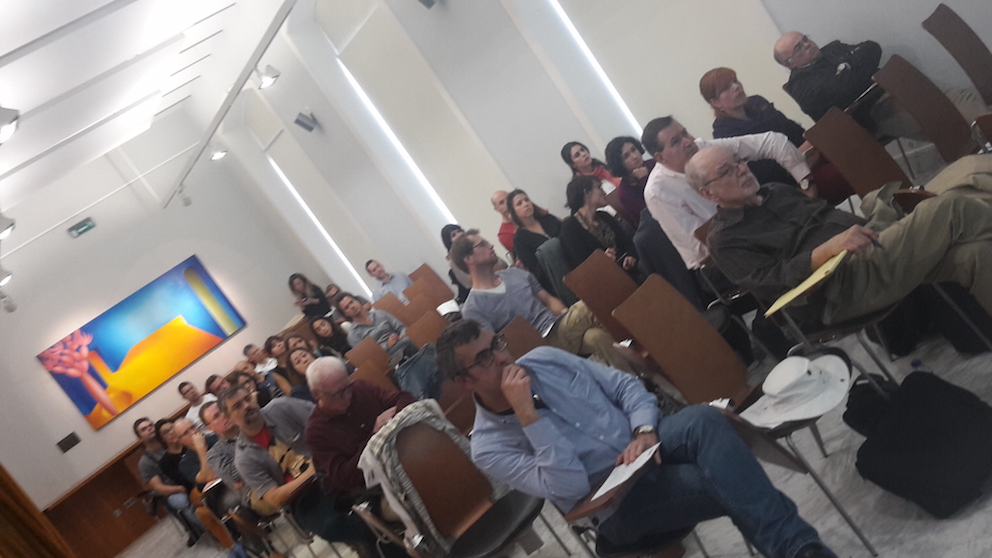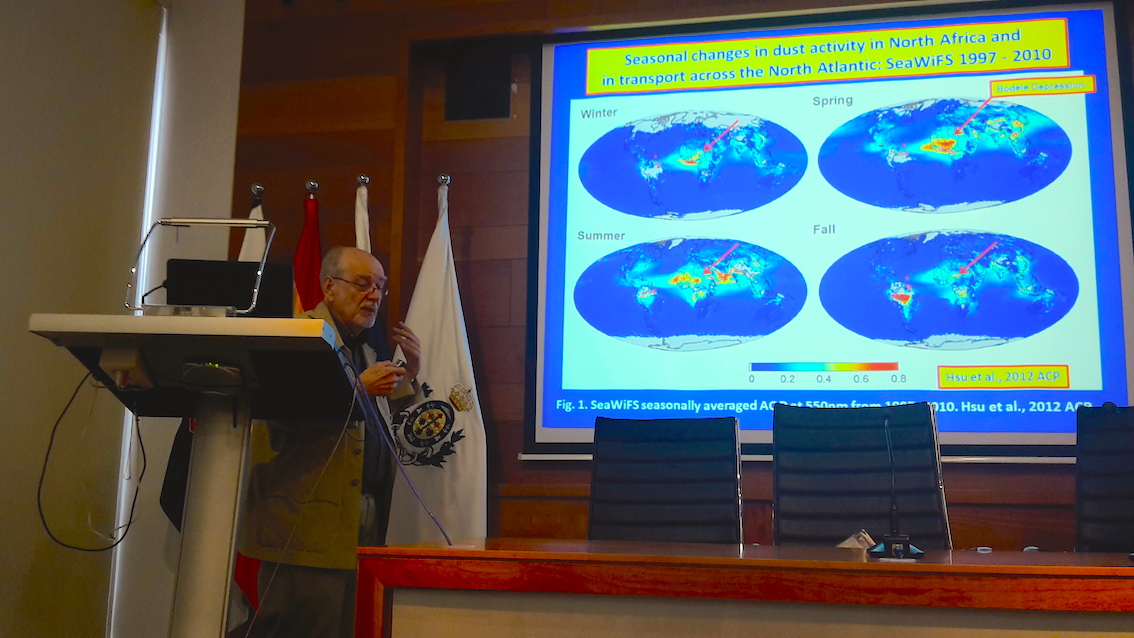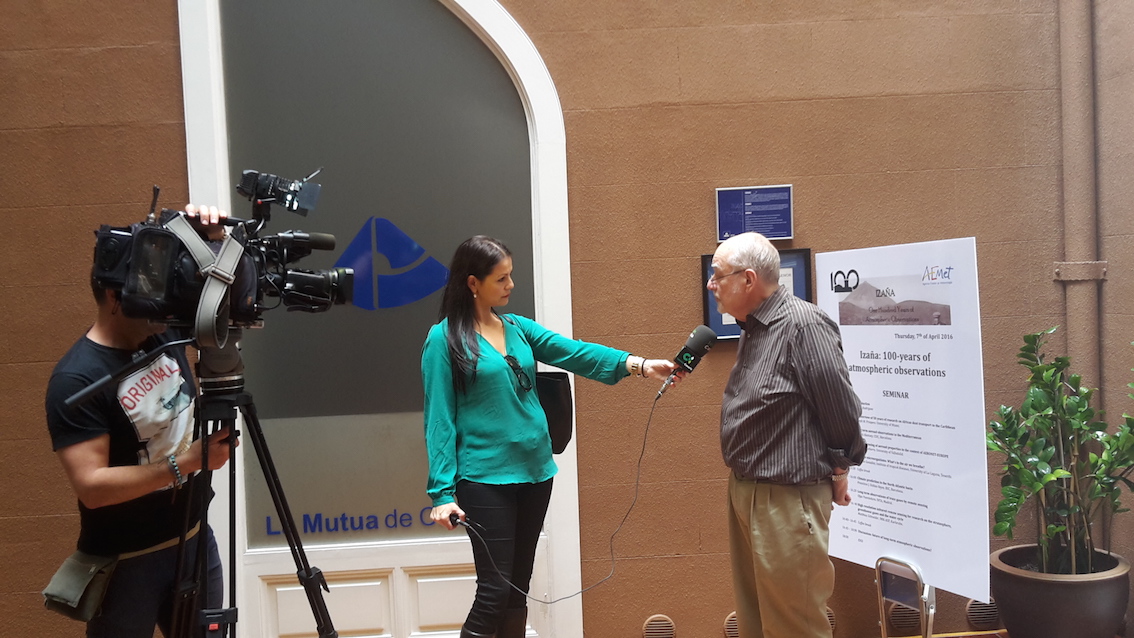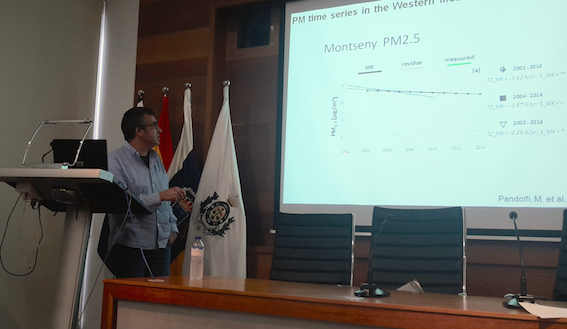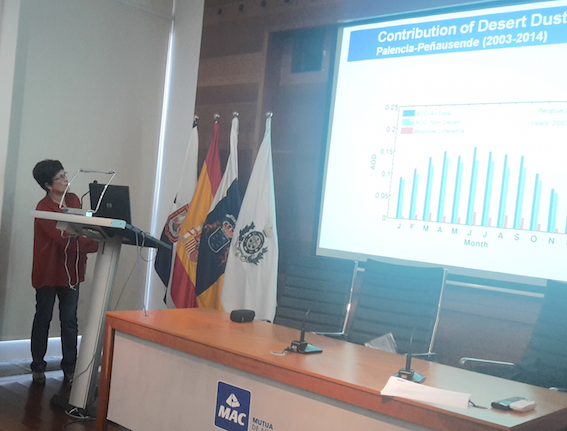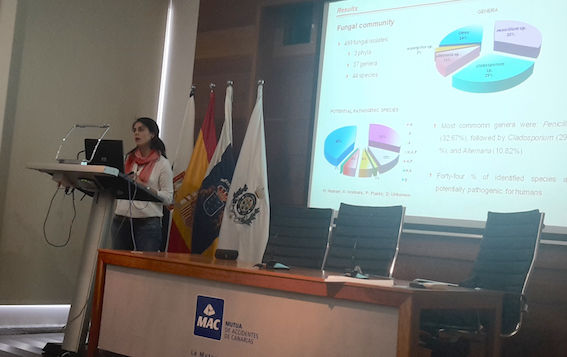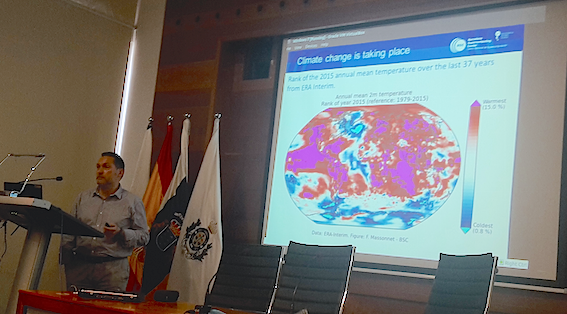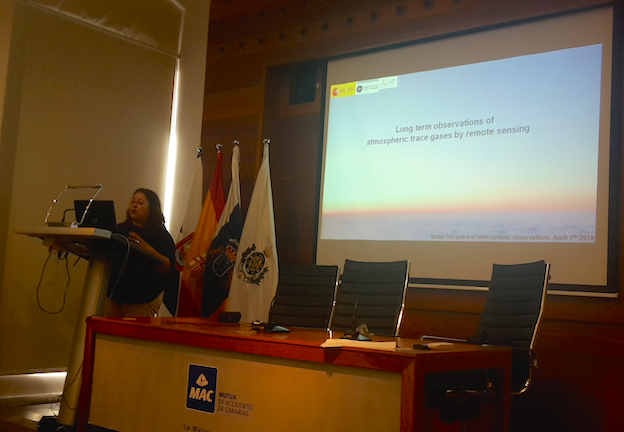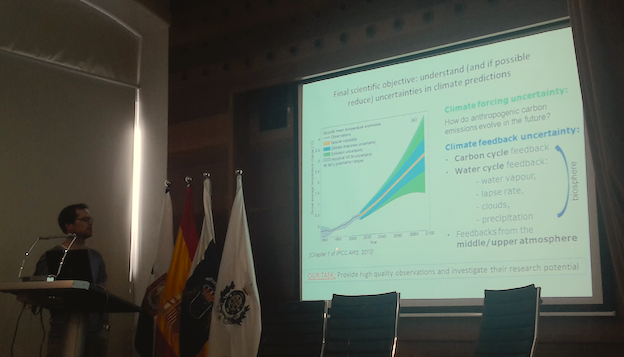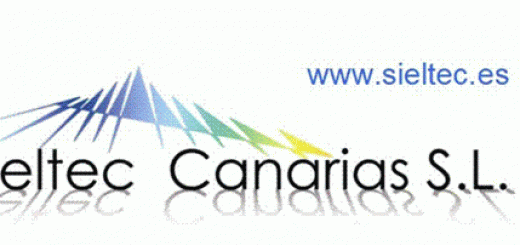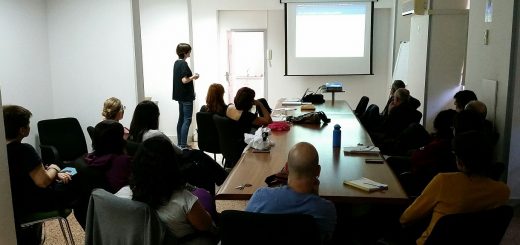Seminar – Izaña: 100-years of atmospheric observations


(Picture of Nemesio López-Solás, meteo staff of Izaña, circa 1927)
7th of April 2016
The seminar “Izaña: 100-years of atmospheric observations” was held the 7th of April 2016 in the MAC – Mutua de Accidentes de Canarias – conference room in Santa Cruz de Tenerife. The objective of the seminar was to deliberate about our capability to understand the variability in the composition of the atmosphere and its connection to climate. This seminar was conduced through a set of presentations and a further discussion that covered three specific subjects:
• Long-term observation programs: what have we learnt?
(connection to climate variability, impact of human activities, impacts on human health and climate related processes, etc..)
• How long term observation programs should evolve?
(needs for future, measurements of new atmospheric components, techniques, convergence with other scientific disciplines, )
• Capabilities to assess the impacts of future climate?
(the role of modeling, environmental policies, mitigation, social and economic impacts ….)
The presentations covered subjects such as aerosols, dust, radiation, trace gases, green house gases, modeling and air quality. The final discussion focused on a key question: how should the observation programs evolve to help to the future scientists to understand long term changes in the composition of the atmosphere and its implications on climate and on socioeconomic impacts?.
“Izaña: 100-years of atmospheric observations”
Introduction
Sergio Rodríguez. Centro de Investigación Atmosférica de Izaña.
An overview of 50 years of research on African dust transport to the Caribbean
Joseph M. Prospero. University of Miami.
Long term aerosol observations in the Mediterranean
Andrés Alastuey, IDAEA-CSIC, Barcelona.
Remote sensing of aerosol properties in the context of AERONET-EUROPE
Victoria Cachorro, University of Valladolid.
Airbone microorganisms. What’s in the air we breathe?
Cristina González, Institute of tropical diseases, University of La Laguna, Tenerife.
Climate prediction in the North Atlantic basin
Francisco J. Doblas-Reyes, Barcelona Supercomputing Center.
Long term observations of trace gases by remote sensing
Olga Puentedura. Instituto Nacional de Técnicas Aeroespaciales, Madrid.
High resolution infrared remote sensing for research on the stratosphere, greenhouse gases and the water cycle
Matthias Schneider. Institute of Meteorology and Climate Research, Karlsruhe.
Discussion: future of long-term atmospheric observations?
Attendees to the seminar.
Professor Joseph M. Prospero (Univ. Miami) during his presentation on African dust.
Professor Joseph M. Prospero (Univ. Miami) in an interview with the media (TV Canaria)
Dr. Andrés Alastuey (IDEA-CSIC) during his presentation on aerosols in the Mediterranean.
Dra. Victoria Cachorro (Univ. Valladolid) during his presentation on remote sensing of aerosols.
Dra. Cristina González (Univ. De La Laguna) during his presentation on airborne micro-organisms.
Dr. Francisco J. Doblas-Reyes (Barcelona Supercomputing Centre) during his presentation on climate prediction.
Dra. Olga Puentedura (Instituto Nacional de Técnicas Aeroespaciales) during his presentation on remote sensing of trace gases.
Dr. Matthias Scheneider (Institute of Meteorology and Climate Research) during his presentation on remote sensing of stratospheric gases, green house gases and water vapour.

